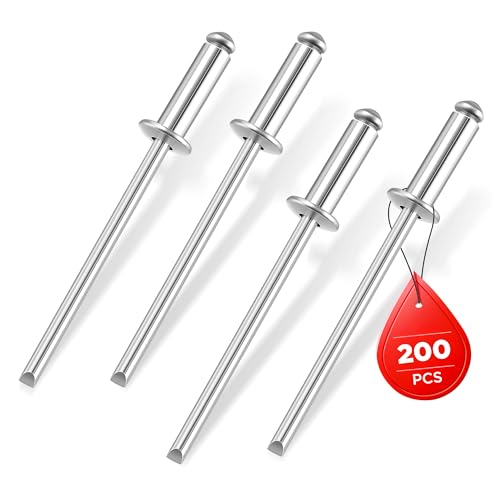- Joined
- Sep 4, 2024
- Messages
- 202
- Reaction score
- 173
- LOCATION
- Central Texas
Would you bother trying to get this crack fixed or just replace the wood and call it good?
If you would fix it, would you get it welded or just slap a piece of 1/8” aluminum angle over the whole transom cap? I’m leaning towards the aluminum angle. If I put it on the inside, I can bolt/rivet it so that it sandwiches the wood between it and the aluminum transom.

If you would fix it, would you get it welded or just slap a piece of 1/8” aluminum angle over the whole transom cap? I’m leaning towards the aluminum angle. If I put it on the inside, I can bolt/rivet it so that it sandwiches the wood between it and the aluminum transom.































































